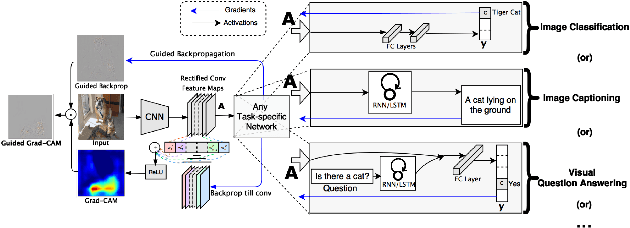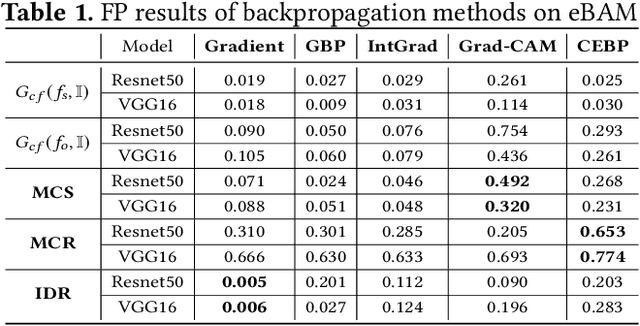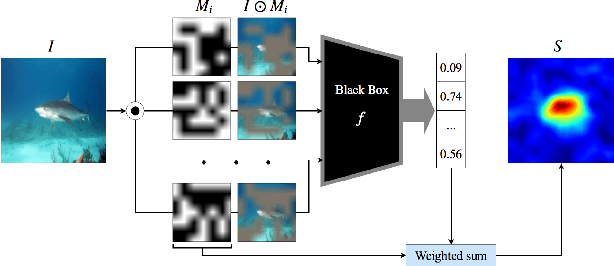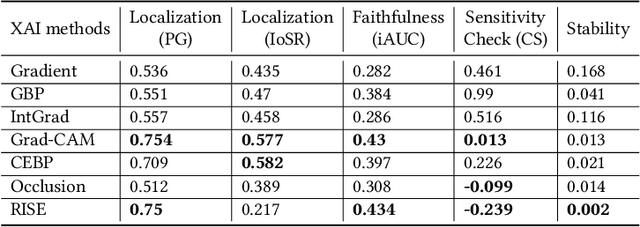Yuhan Shi
Department of Electrical and Computer Engineering
Moon: A Modality Conversion-based Efficient Multivariate Time Series Anomaly Detection
Oct 02, 2025Abstract:Multivariate time series (MTS) anomaly detection identifies abnormal patterns where each timestamp contains multiple variables. Existing MTS anomaly detection methods fall into three categories: reconstruction-based, prediction-based, and classifier-based methods. However, these methods face two key challenges: (1) Unsupervised learning methods, such as reconstruction-based and prediction-based methods, rely on error thresholds, which can lead to inaccuracies; (2) Semi-supervised methods mainly model normal data and often underuse anomaly labels, limiting detection of subtle anomalies;(3) Supervised learning methods, such as classifier-based approaches, often fail to capture local relationships, incur high computational costs, and are constrained by the scarcity of labeled data. To address these limitations, we propose Moon, a supervised modality conversion-based multivariate time series anomaly detection framework. Moon enhances the efficiency and accuracy of anomaly detection while providing detailed anomaly analysis reports. First, Moon introduces a novel multivariate Markov Transition Field (MV-MTF) technique to convert numeric time series data into image representations, capturing relationships across variables and timestamps. Since numeric data retains unique patterns that cannot be fully captured by image conversion alone, Moon employs a Multimodal-CNN to integrate numeric and image data through a feature fusion model with parameter sharing, enhancing training efficiency. Finally, a SHAP-based anomaly explainer identifies key variables contributing to anomalies, improving interpretability. Extensive experiments on six real-world MTS datasets demonstrate that Moon outperforms six state-of-the-art methods by up to 93% in efficiency, 4% in accuracy and, 10.8% in interpretation performance.
Multi-level, Forming Free, Bulk Switching Trilayer RRAM for Neuromorphic Computing at the Edge
Oct 20, 2023Abstract:Resistive memory-based reconfigurable systems constructed by CMOS-RRAM integration hold great promise for low energy and high throughput neuromorphic computing. However, most RRAM technologies relying on filamentary switching suffer from variations and noise leading to computational accuracy loss, increased energy consumption, and overhead by expensive program and verify schemes. Low ON-state resistance of filamentary RRAM devices further increases the energy consumption due to high-current read and write operations, and limits the array size and parallel multiply & accumulate operations. High-forming voltages needed for filamentary RRAM are not compatible with advanced CMOS technology nodes. To address all these challenges, we developed a forming-free and bulk switching RRAM technology based on a trilayer metal-oxide stack. We systematically engineered a trilayer metal-oxide RRAM stack and investigated the switching characteristics of RRAM devices with varying thicknesses and oxygen vacancy distributions across the trilayer to achieve reliable bulk switching without any filament formation. We demonstrated bulk switching operation at megaohm regime with high current nonlinearity and programmed up to 100 levels without compliance current. We developed a neuromorphic compute-in-memory platform based on trilayer bulk RRAM crossbars by combining energy-efficient switched-capacitor voltage sensing circuits with differential encoding of weights to experimentally demonstrate high-accuracy matrix-vector multiplication. We showcased the computational capability of bulk RRAM crossbars by implementing a spiking neural network model for an autonomous navigation/racing task. Our work addresses challenges posed by existing RRAM technologies and paves the way for neuromorphic computing at the edge under strict size, weight, and power constraints.
Quantitative Evaluations on Saliency Methods: An Experimental Study
Dec 31, 2020



Abstract:It has been long debated that eXplainable AI (XAI) is an important topic, but it lacks rigorous definition and fair metrics. In this paper, we briefly summarize the status quo of the metrics, along with an exhaustive experimental study based on them, including faithfulness, localization, false-positives, sensitivity check, and stability. With the experimental results, we conclude that among all the methods we compare, no single explanation method dominates others in all metrics. Nonetheless, Gradient-weighted Class Activation Mapping (Grad-CAM) and Randomly Input Sampling for Explanation (RISE) perform fairly well in most of the metrics. Utilizing a set of filtered metrics, we further present a case study to diagnose the classification bases for models. While providing a comprehensive experimental study of metrics, we also examine measuring factors that are missed in current metrics and hope this valuable work could serve as a guide for future research.
 Add to Chrome
Add to Chrome Add to Firefox
Add to Firefox Add to Edge
Add to Edge